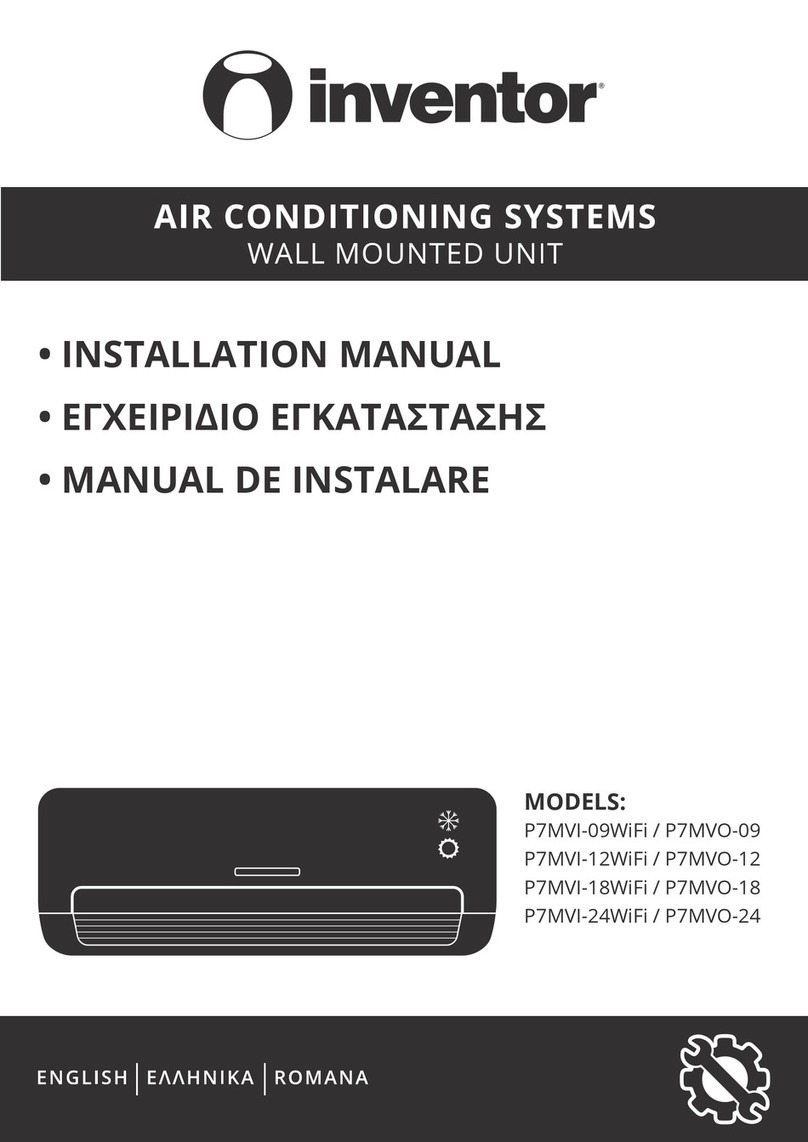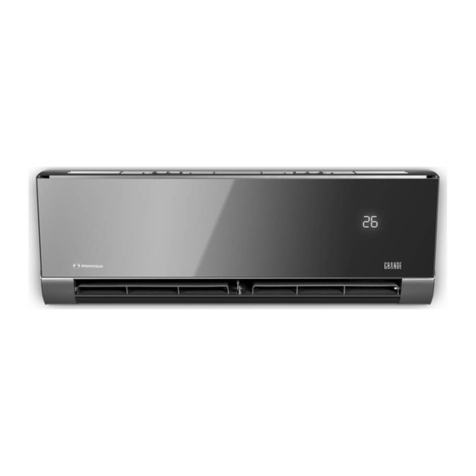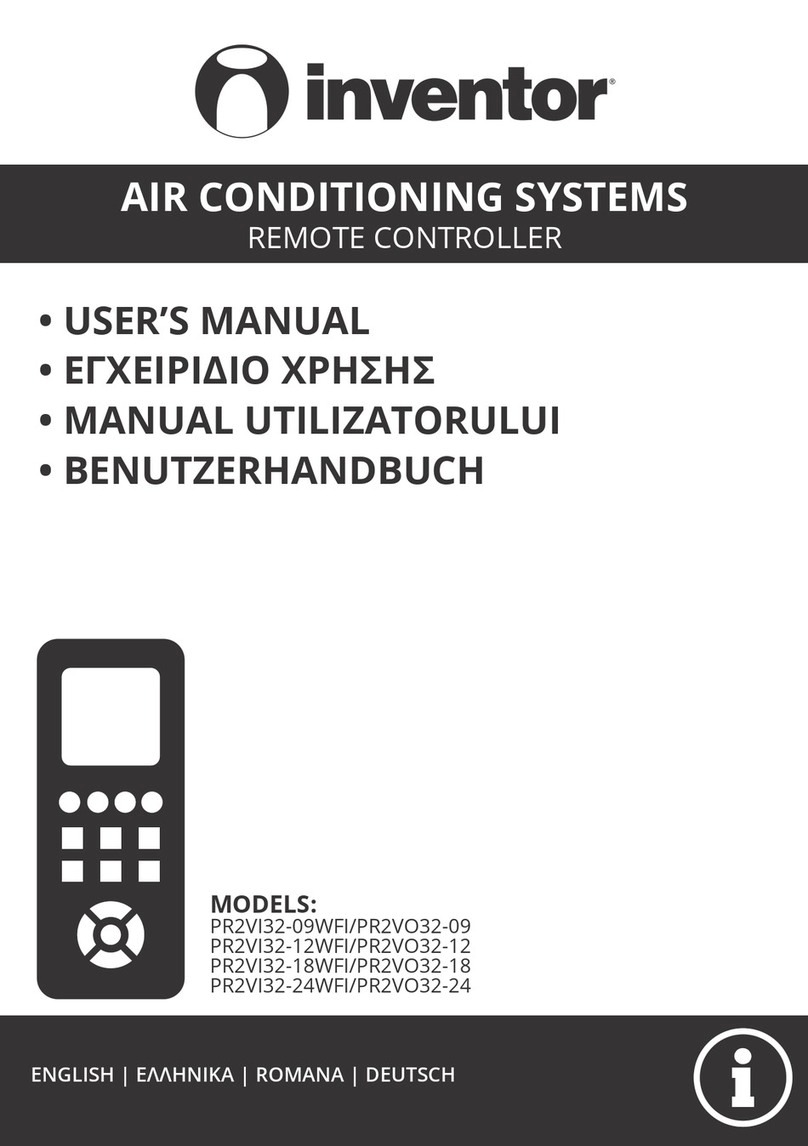INVENTOR V5MDI32-12WiFiRB User manual
Other INVENTOR Air Conditioner manuals
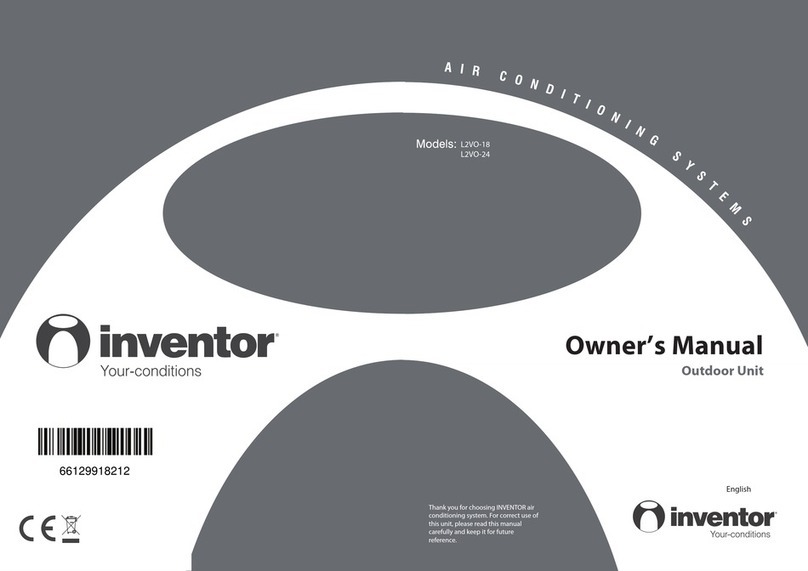
INVENTOR
INVENTOR L2VO-18 User manual
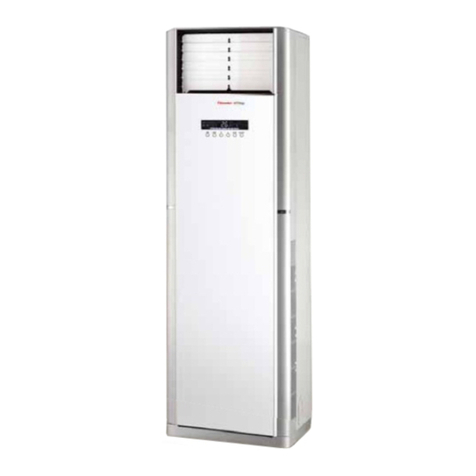
INVENTOR
INVENTOR V1RFI-30 User manual
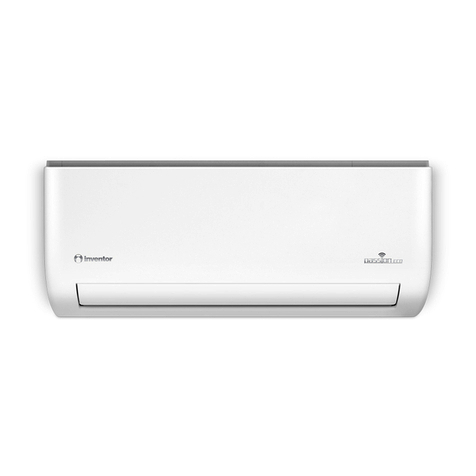
INVENTOR
INVENTOR P9MVI32-09WiFi User manual

INVENTOR
INVENTOR V4MKI-24UR User manual
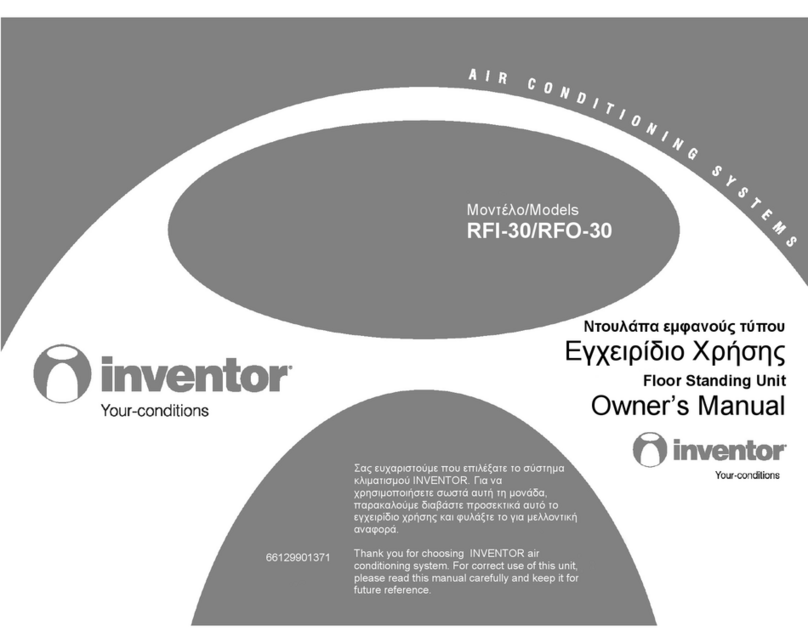
INVENTOR
INVENTOR RFI-30 User manual
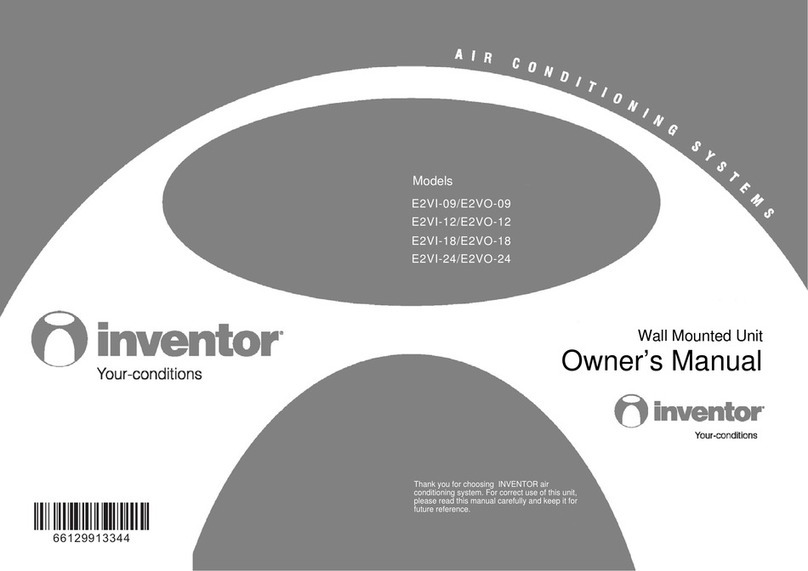
INVENTOR
INVENTOR E2VI-09 User manual
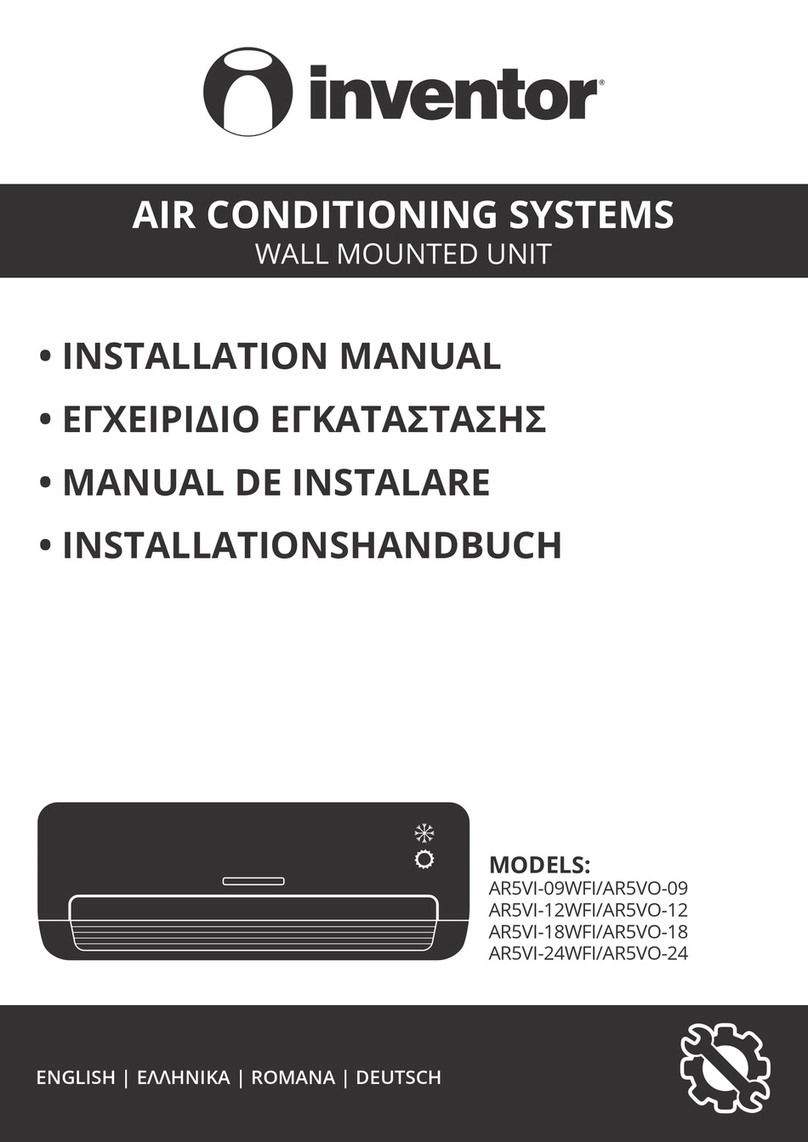
INVENTOR
INVENTOR AR5VI-09WFI/AR5VO-09 User manual
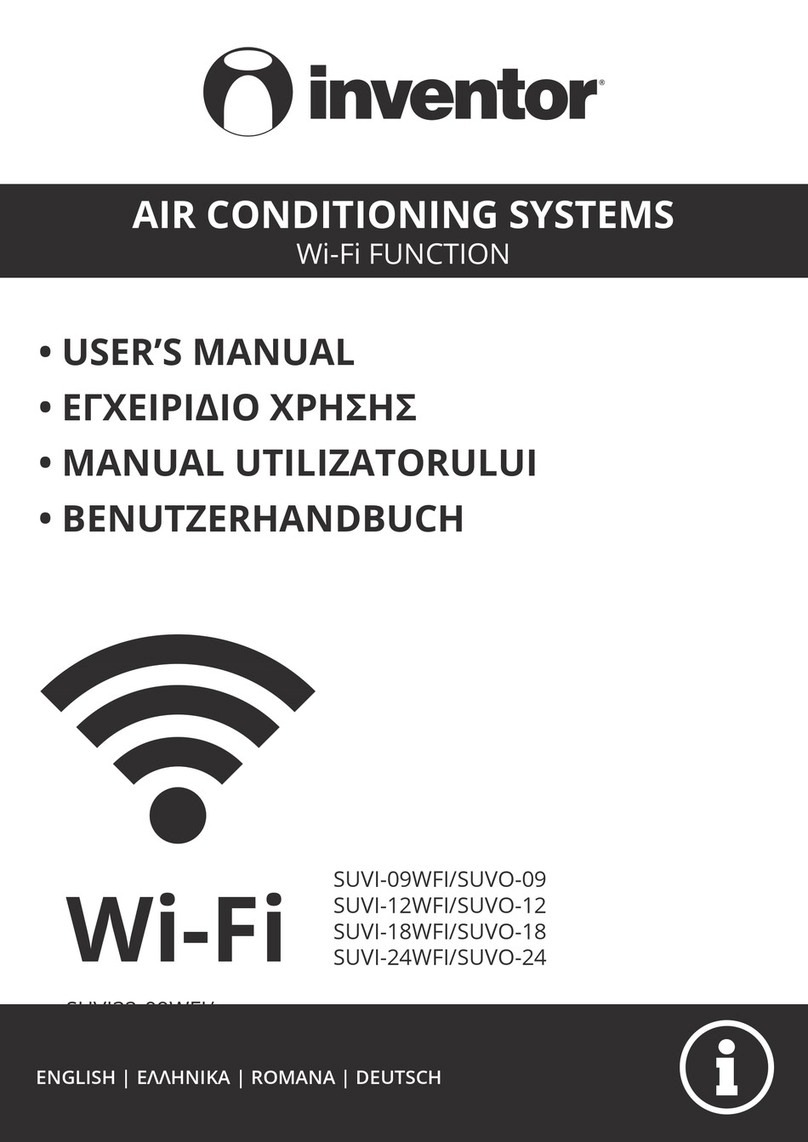
INVENTOR
INVENTOR SUVI-09WFI/SUVO-09 User manual

INVENTOR
INVENTOR V6FI-60 User manual
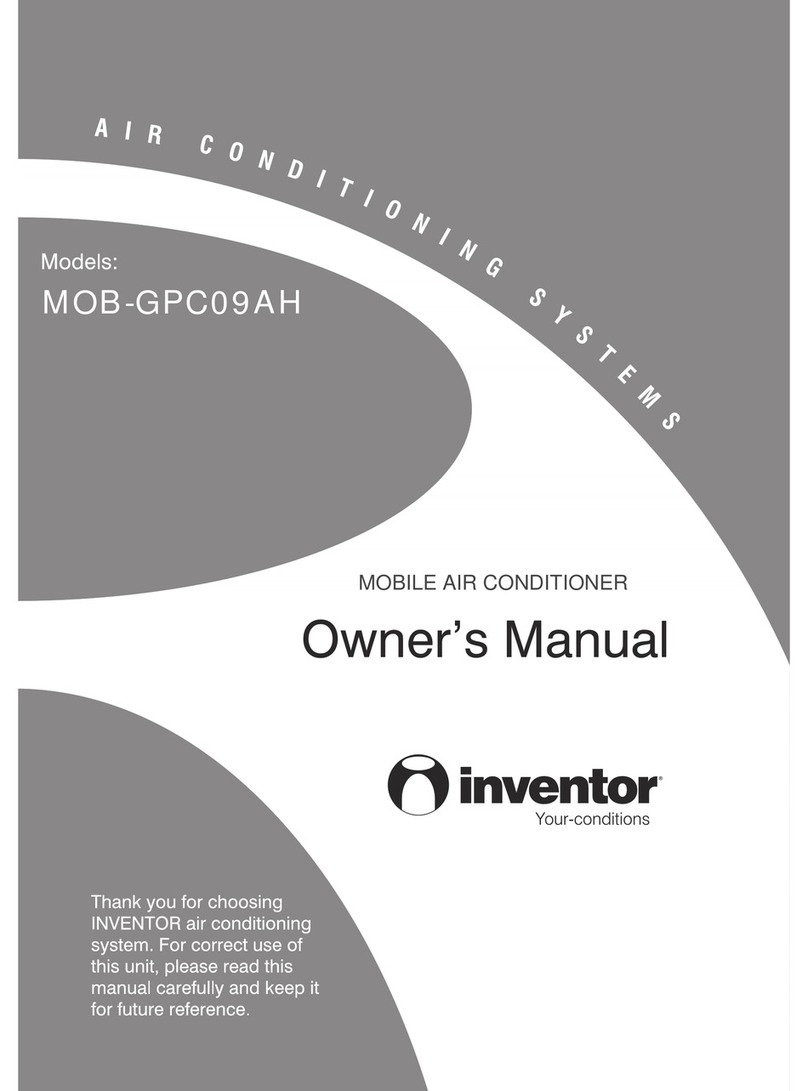
INVENTOR
INVENTOR MOB-GPC09AH User manual
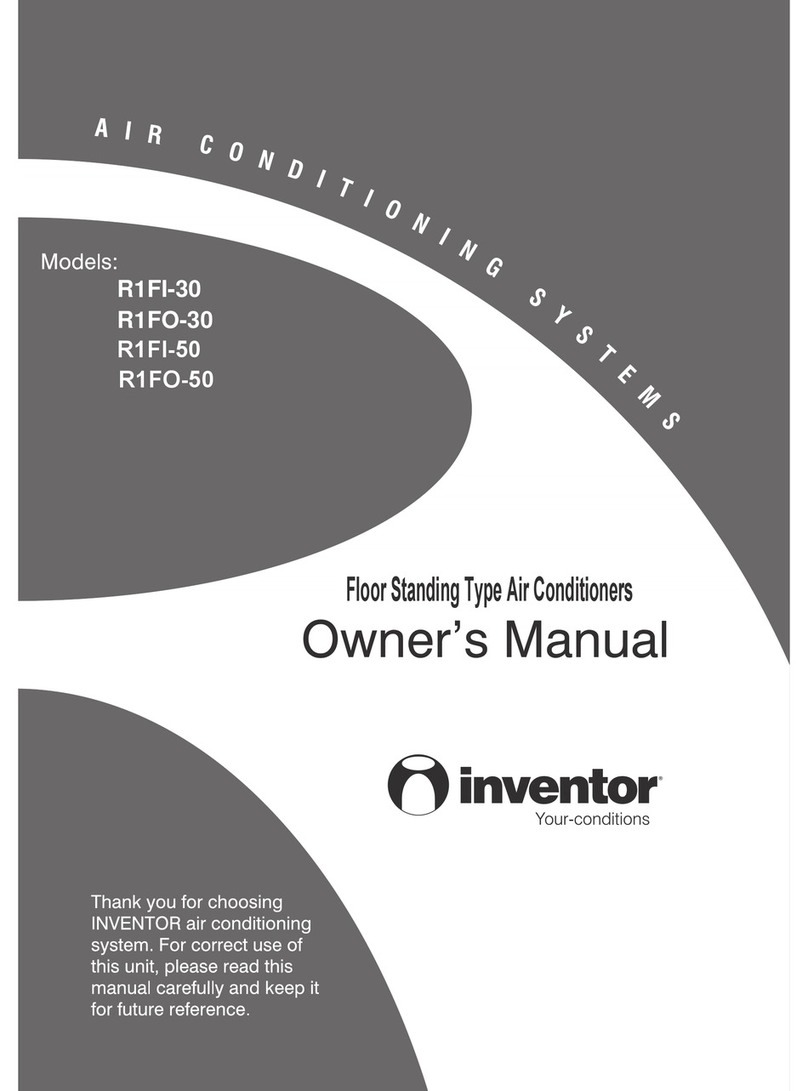
INVENTOR
INVENTOR R1FI-30 User manual
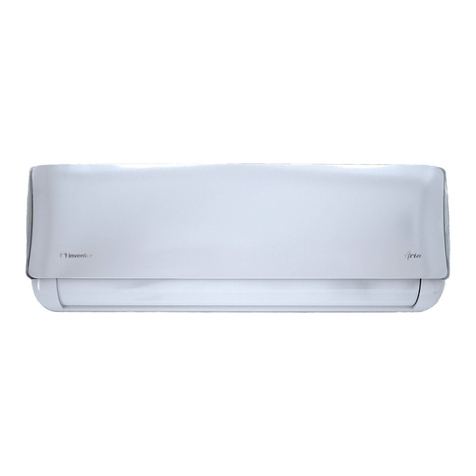
INVENTOR
INVENTOR AR2MVI-09WiFi User manual
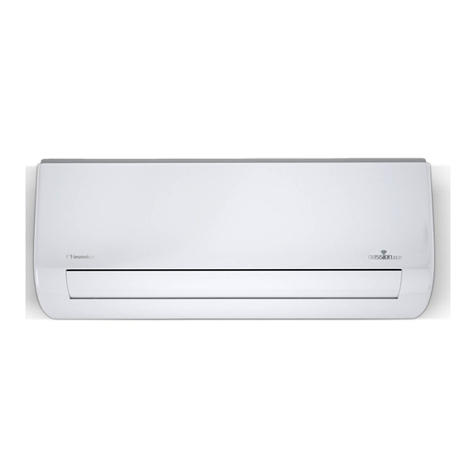
INVENTOR
INVENTOR P9MVO32-09 User manual
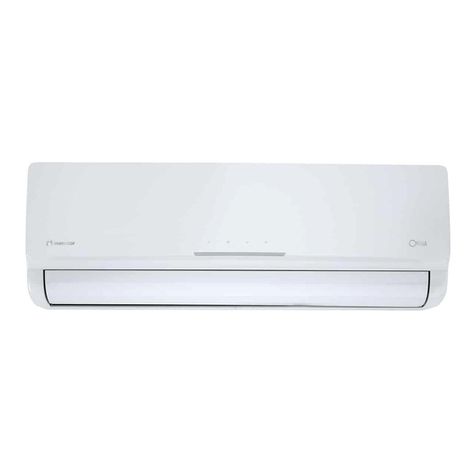
INVENTOR
INVENTOR O1MVI-09WFR User manual
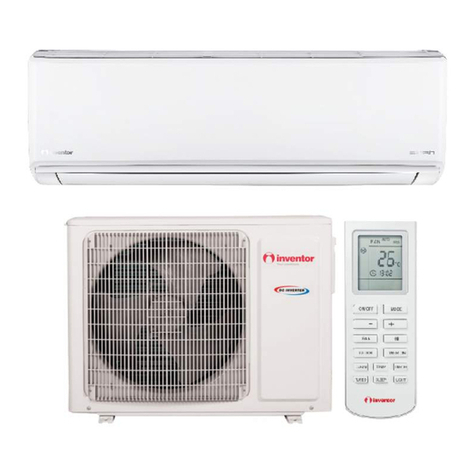
INVENTOR
INVENTOR S2VI-09 User manual
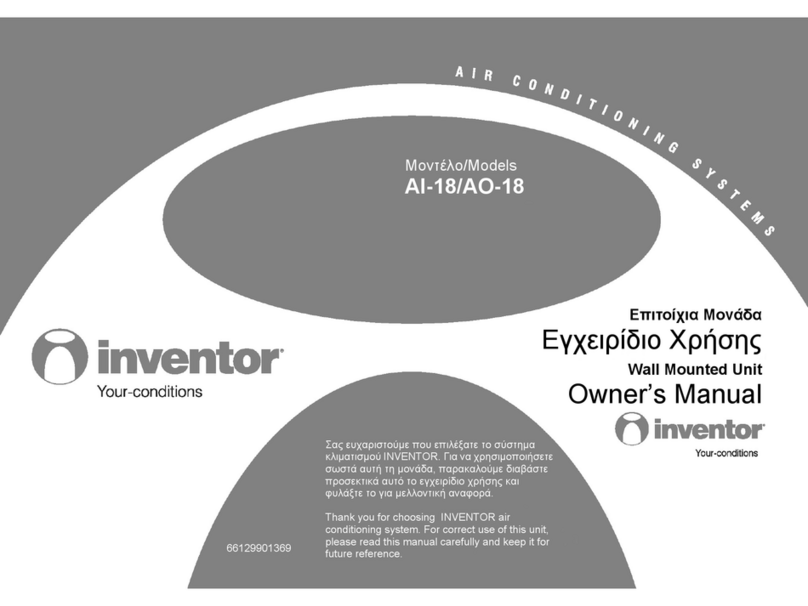
INVENTOR
INVENTOR AI-18 User manual
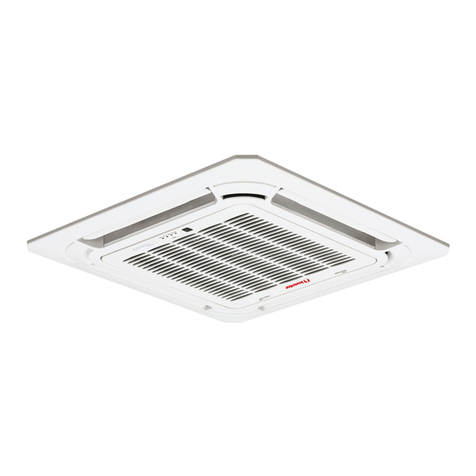
INVENTOR
INVENTOR V3MCI-50 User manual
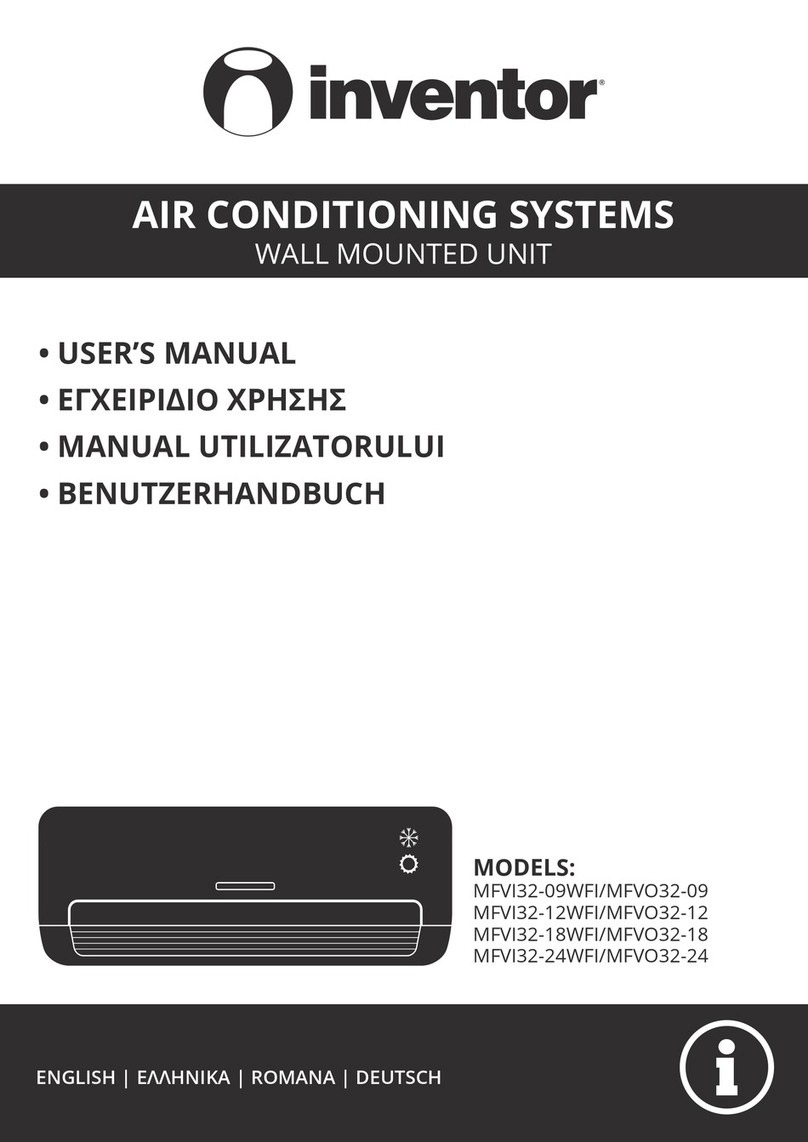
INVENTOR
INVENTOR MFVI32-09WFI User manual
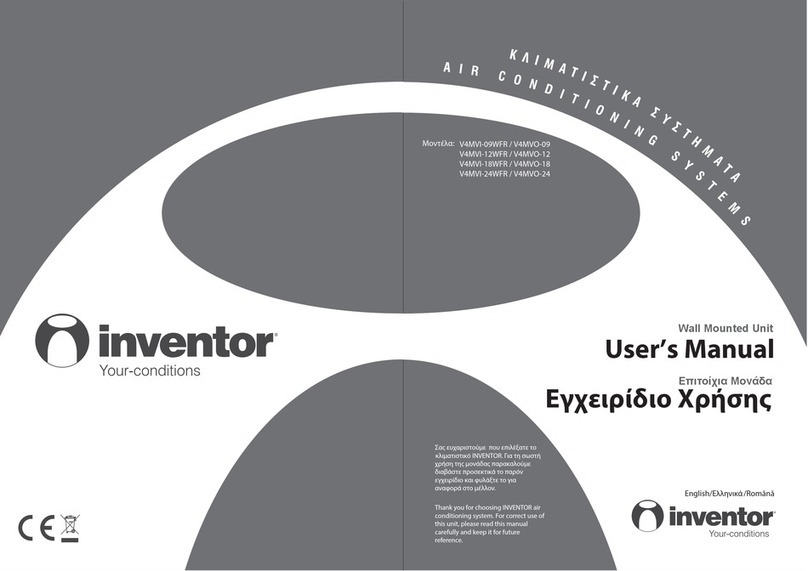
INVENTOR
INVENTOR V4MVI-12WFR User manual
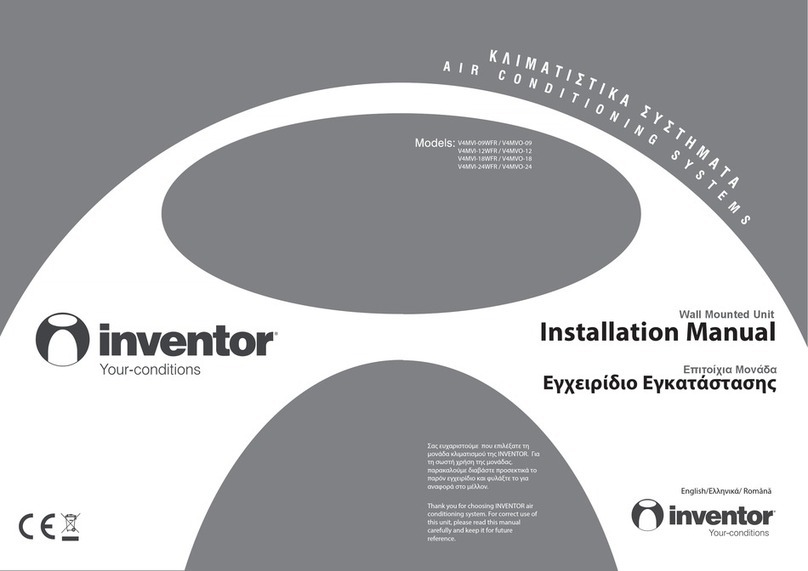
INVENTOR
INVENTOR V4MVO-09 User manual
Popular Air Conditioner manuals by other brands

Fujitsu
Fujitsu ASYG 09 LLCA installation manual

York
York HVHC 07-12DS Installation & owner's manual

Carrier
Carrier Fan Coil 42B Installation, operation and maintenance manual

intensity
intensity IDUFCI60KC-3 installation manual

Frigidaire
Frigidaire FAC064K7A2 Factory parts catalog

Sanyo
Sanyo KS2432 instruction manual

Mitsubishi Electric
Mitsubishi Electric PUHZ-RP50VHA4 Service manual

Panasonic
Panasonic CS-S18HKQ Service manual

Panasonic
Panasonic CS-E15NKE3 operating instructions

Gree
Gree GWH18TC-K3DNA1B/I Service manual

Friedrich
Friedrich ZoneAire Compact P08SA owner's manual

Daikin
Daikin R32 Split Series installation manual
